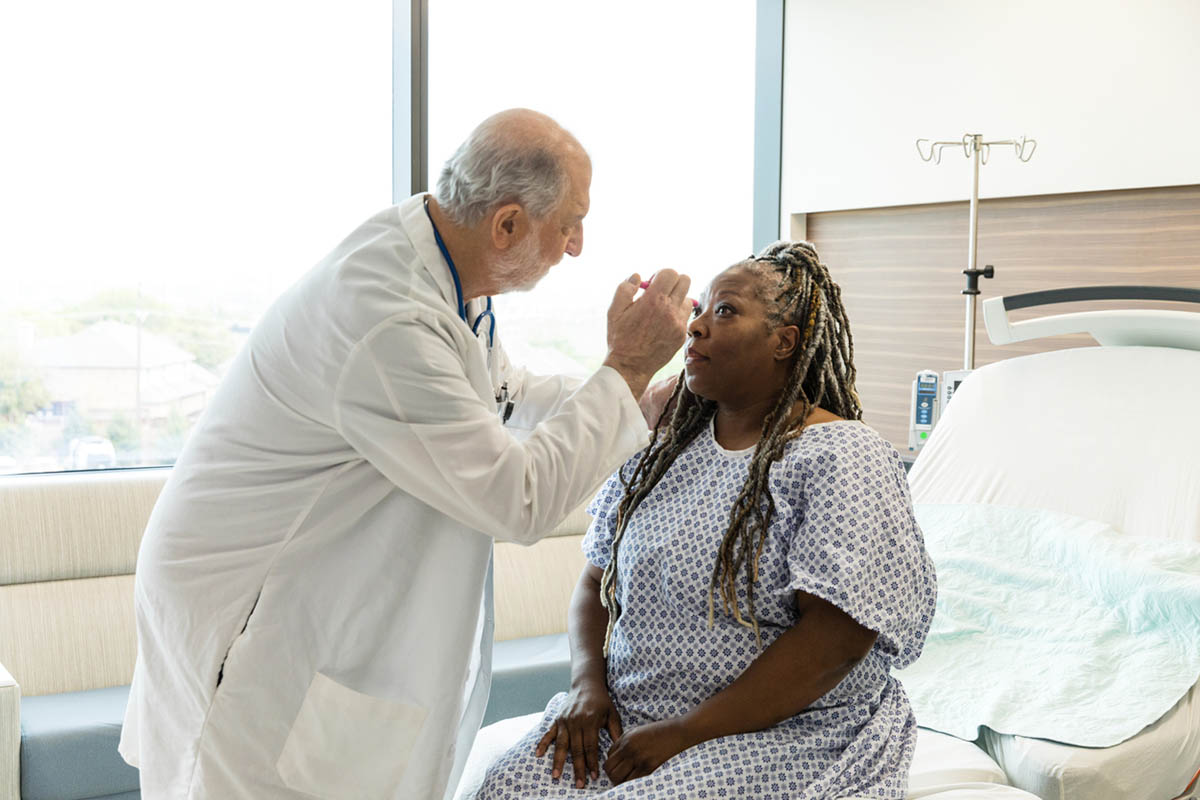Objective: To estimate risks of fracture at any site, and at sites linked with osteoporosis, in mentally ill adults compared with the general population.
Method: We created a community-based cohort by using the U.K. General Practice Research Database, with follow-up from January 1987 through April 2005. We investigated age- and sex-specific fracture risks in psychotic illness (N = 4283), nonpsychotic affective disorder (N = 95,228), and any other psychiatric condition (N = 49,439). Comparison cases were subjects with no psychiatric code (N = 182,851); age-stratified (18-44 years, 45-74 years, >= 75 years) relative risks (RRs) were estimated by Poisson regression. Outcomes were incident cases of fracture at any site, at the hip, and at the distal radius.
Results: Among all mentally ill women, highest RRs of fracture at any site were in the youngest age group, whereas the strongest effects in men were with older age. The highest raised risk of any fracture occurred in premenopausal women with psychotic disorders (RR = 2.5, 95% CI = 1.5 to 4.3). Hip fracture rates were raised in elderly women and men with psychiatric illness and were especially high in women (RR = 5.1, 95% CI = 2.7 to 9.6) and men (RR = 6.4, 95% CI = 2.6 to 16.1) with psychotic disorders at ages 45 to 74 years. Data were too sparse to estimate RR of distal radius fracture, although risk was modestly (but significantly) higher among women with any mental illness in each age group than the reference population, i.e., women with no history of psychiatric disorder.
Conclusion: Raised risks of fracture in mental illness are likely to be explained by a range of mechanisms. Further research is needed to elucidate these mechanisms and to inform the development of targeted interventions.
Please sign in or purchase this PDF for $40.00.




